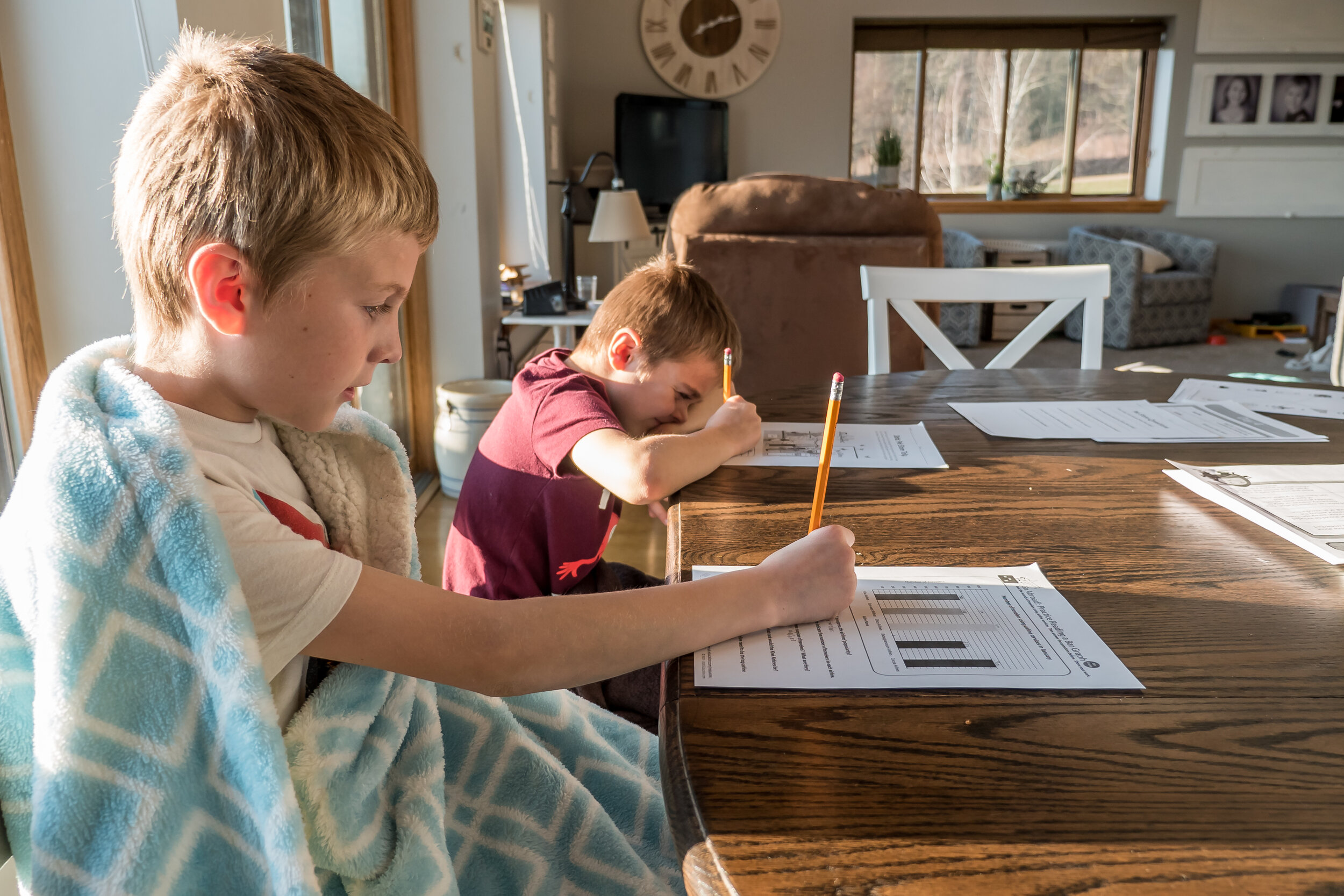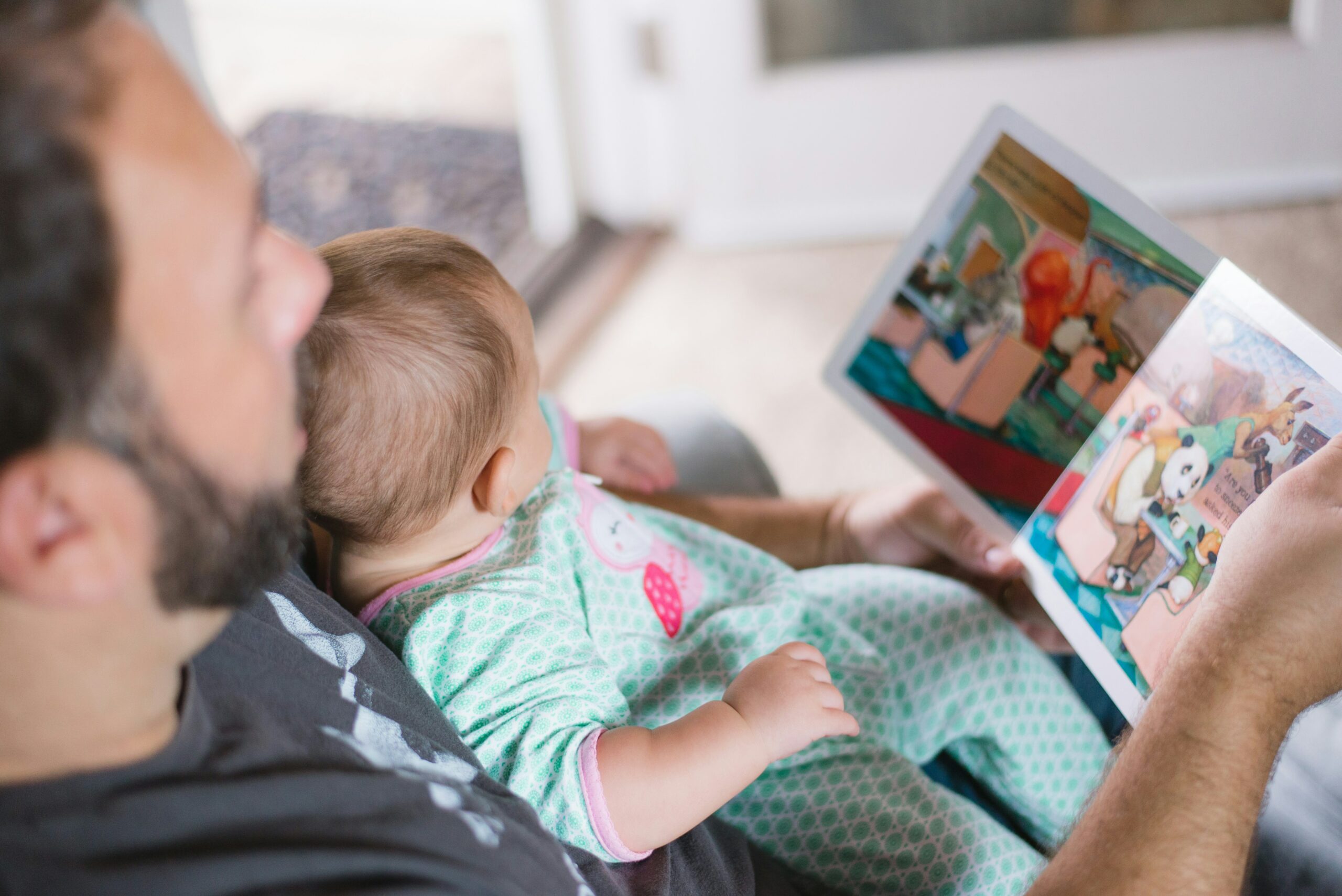There is no doubt about it – the pandemic has turned our lives upside down. We are trying to exist in a new normal of wearing a mask anywhere we go, enforced distance from loved ones, and managing fear and anxiety while trying to go about our daily lives. The long-term effects of the pandemic are just beginning to be researched and we will not know for a few years the lasting impact of the last 7 months. However, we do not need that data to know now that we are stressed. So very stressed.
This blog focuses on parenting and e-learning while also working from home. My husband and I, like so many other families, have elected to keep our children home until we see a consistent decline in the number of COVID cases. This was not an easy decision, any more than it was an easy decision for those families to send their children back to school. We honestly do not believe there is a right answer to the question of whether or not to send children back to school. Each family must decide what makes the most sense for them and there are so many factors that go into that decision. For us, we considered whether or not we could handle the added responsibility of managing school at home, the impact on our children’s academic and social development, the emotional and physical well-being of us, our family, and our children, and whether or not we could create enough structure in the day that the four of us could accomplish all the work that needs to be done.
There are tons of articles in the media about the type of environment needed for children to be successful at e-learning. They talk about making sure children have a quiet space to work, have easy access to needed materials, working technology, and structure to the day. One area that is missed, in my opinion, is including the children in having responsibility for the structure of the day. One key element that my husband and I discovered that helps all of us feel less stressed on school days is when our children have a roadmap for the day and they have ownership of that roadmap.
As a family, we created a schedule that the children could easily follow, beginning from the time they wake up in the morning. It is a checklist that includes times, descriptors, and pictures (for my youngest who is still learning to read). Class Zoom times are on the checklist as well as blocks for independent work on assignments, snacks, playing outside, and reading. The day is broken up so that they have breaks away from screens. We also included a behavioral rating scale that models the one used by the teachers in the classroom. They can move up or down depending on the children’s ability to remain mostly focused, work as independently as possible, good listening, and displaying respect and kindness. Our kids have the checklist next to them each day and use that as a guide. Before asking us what they should do next (my son’s favorite question – imagine it being said in a dramatic sing-song way – is “What can I do?”), they are encouraged to look at the checklist.
Implementing the checklist and behavior chart allows us to attempt to mimic the school day as best as we can, and it allows our children to learn useful skills and lessons. They learn how to follow a schedule, to tell time, to take responsibility for their success and to feel good about doing so, to discern when they need help and when they should try to figure things out on their own, and most importantly, how to work together as a family.
The system my husband and I came up may not work for your family. That’s okay. Develop one that does work and adjust as needed. Focus on what skills you want your child to learn and how that fits with how life looks for you now. Expectations should be modified to allow for differences in developmental stage and current abilities. Make sure materials are easily accessible and consider making snacks and drinks reachable so that your child can get them on their own. For consistency, make sure other caregivers understand and follow the plan you have created.
Is this a perfect system and does it work flawlessly every day? No and no. I still hear “MOMMY!” a little more frequently than I would prefer. While writing this blog I was interrupted no less than 10 times before it was done. Depending on the day, there are temper tantrums, bad moods, unexpected meetings, and miscommunications. Perfection is never the goal. Rather, my husband and I thought about how to make a difficult situation a little easier and a little less stressful. And maybe our children might learn something along the way.



